BACK TO TOP


Innovations to transform our food systems
As the world strives for a better future, 50 years of CGIAR innovations show the power of science to transform food, land, and water systems in a climate crisis
By 2030, what kind of world will we be?



Will we have enough to eat – and will we be well nourished and healthy?


Will we have enough to live on – and will our societies be more equitable?

Will we adapt to a changing climate – and create a more sustainable future?
![]()
It’s all connected.
Achieving the future we want depends on transforming our food, land, and water systems in a climate crisis.
And in our experience, transformation comes through innovation.
Find out how CGIAR research is informing the United Nations Food Systems Summit:
For 50 years, CGIAR innovations have transformed the world’s food systems – the ways we grow, catch, transport, process, trade, and consume food.
Our research is expanding to address wider 21st century challenges, recognizing that science to transform food systems – and the land and water systems on which they depend – is one of the most powerful tools we have to solve some of the world’s biggest problems.
CGIAR research over the decades has generated a median 10-fold return on investment, reaching 25-fold returns in mean terms. Through our established partnerships in low-income countries, we are uniquely positioned to benefit smallholder farmers and strengthen food systems for all. More investment is urgently needed in international agricultural research to achieve the future we want.
Explore below a selection of CGIAR innovations that changed the world.

Our Innovations
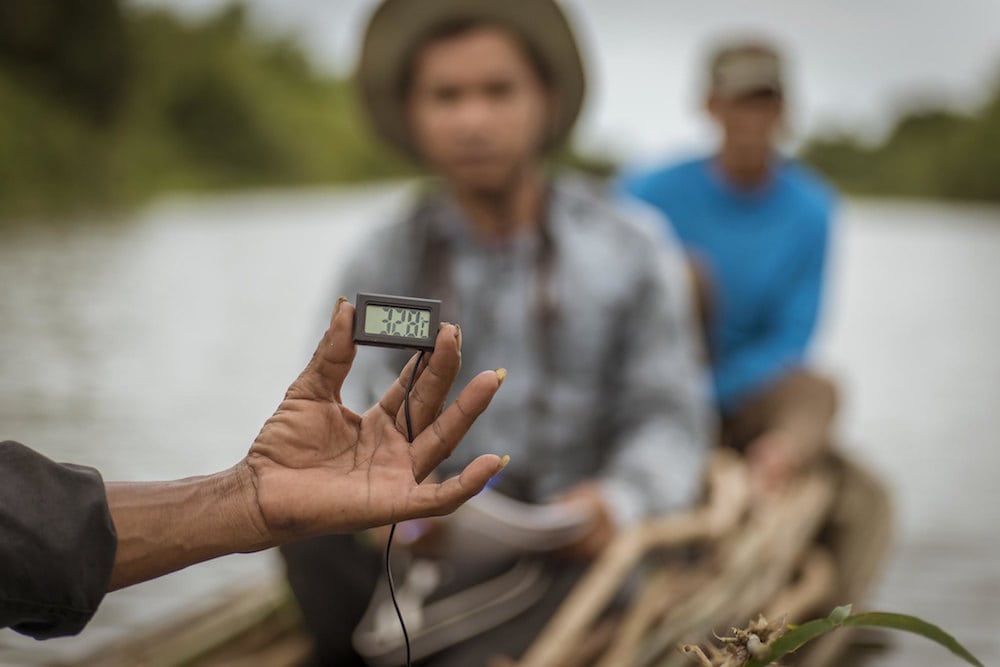

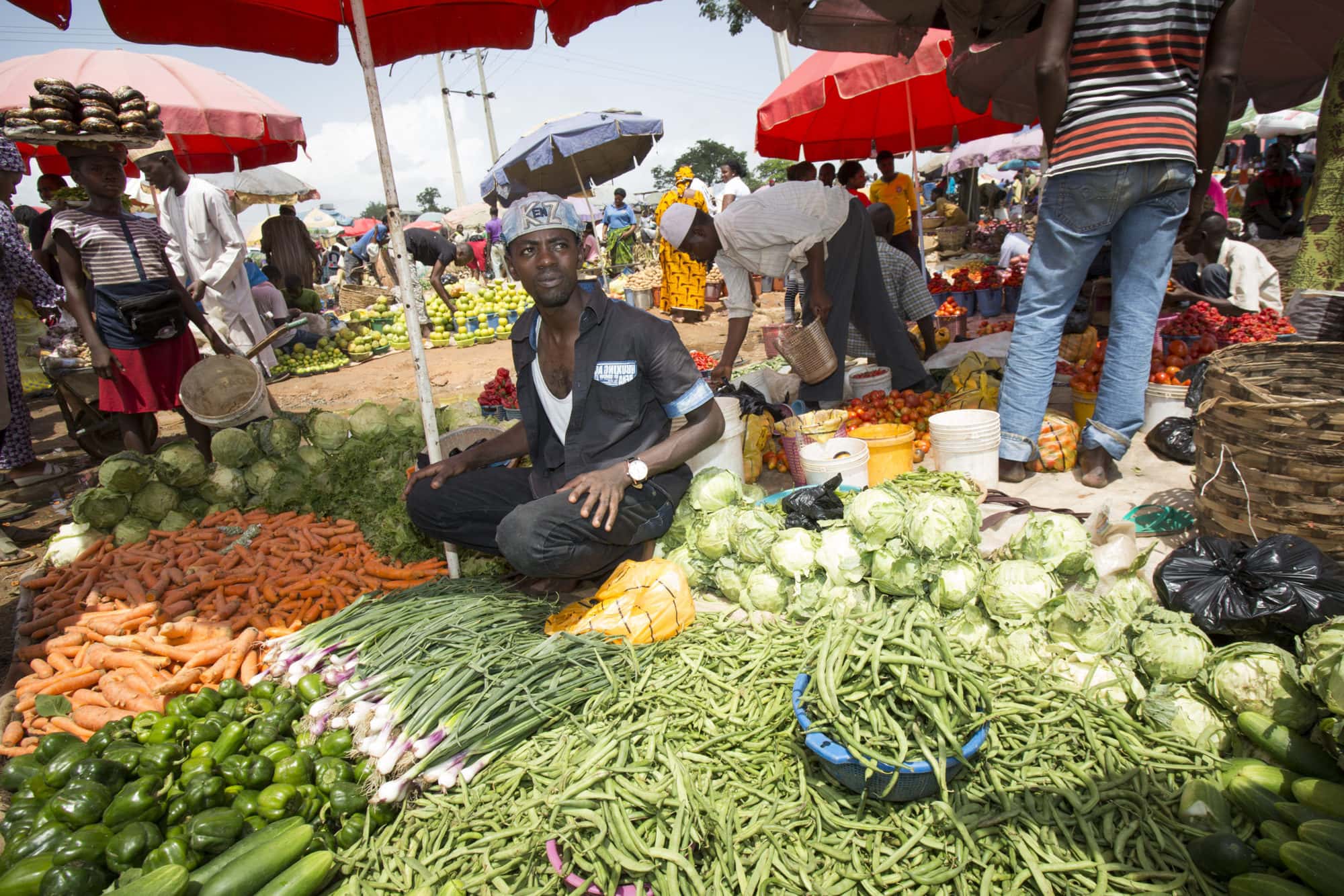
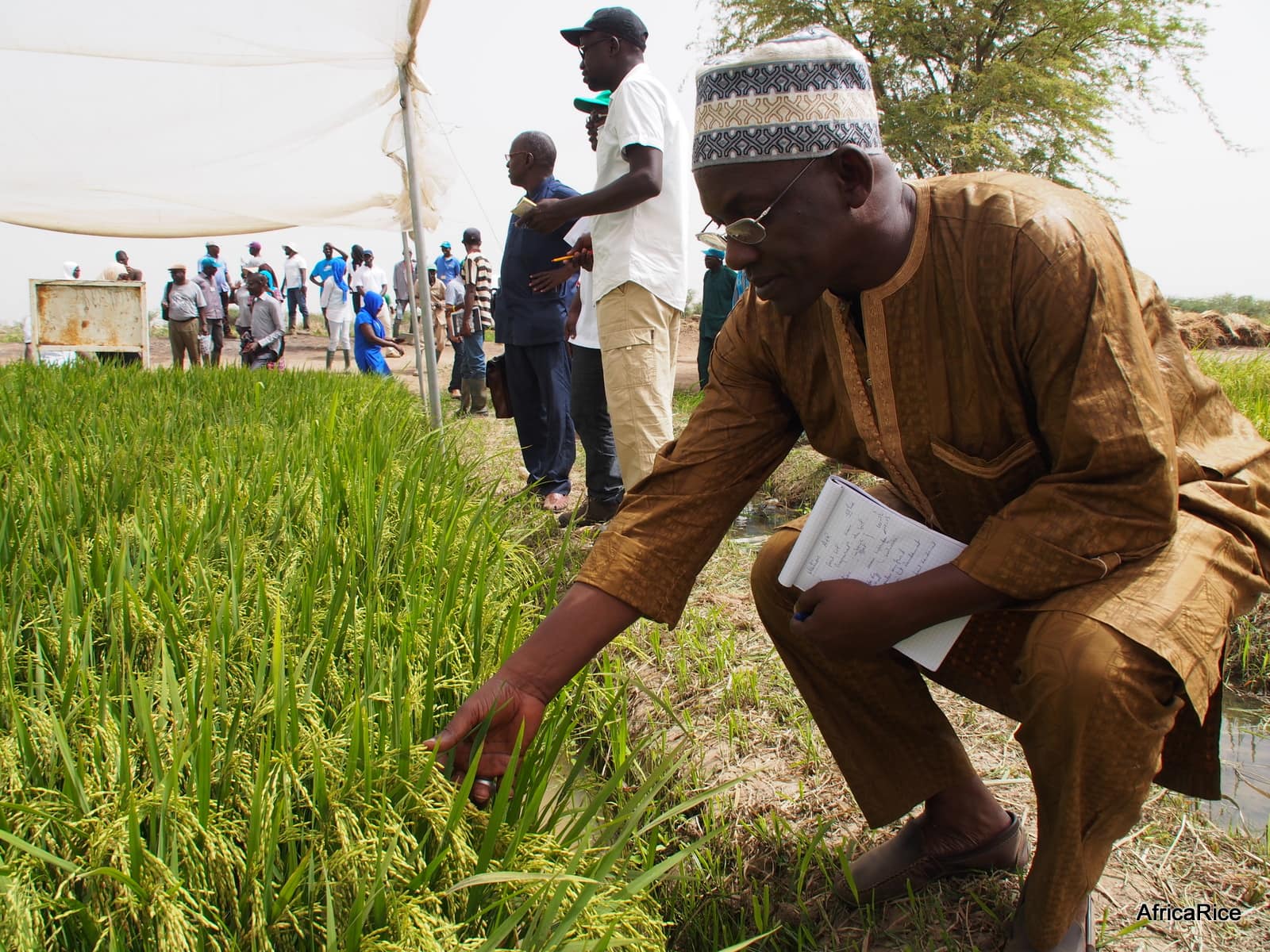
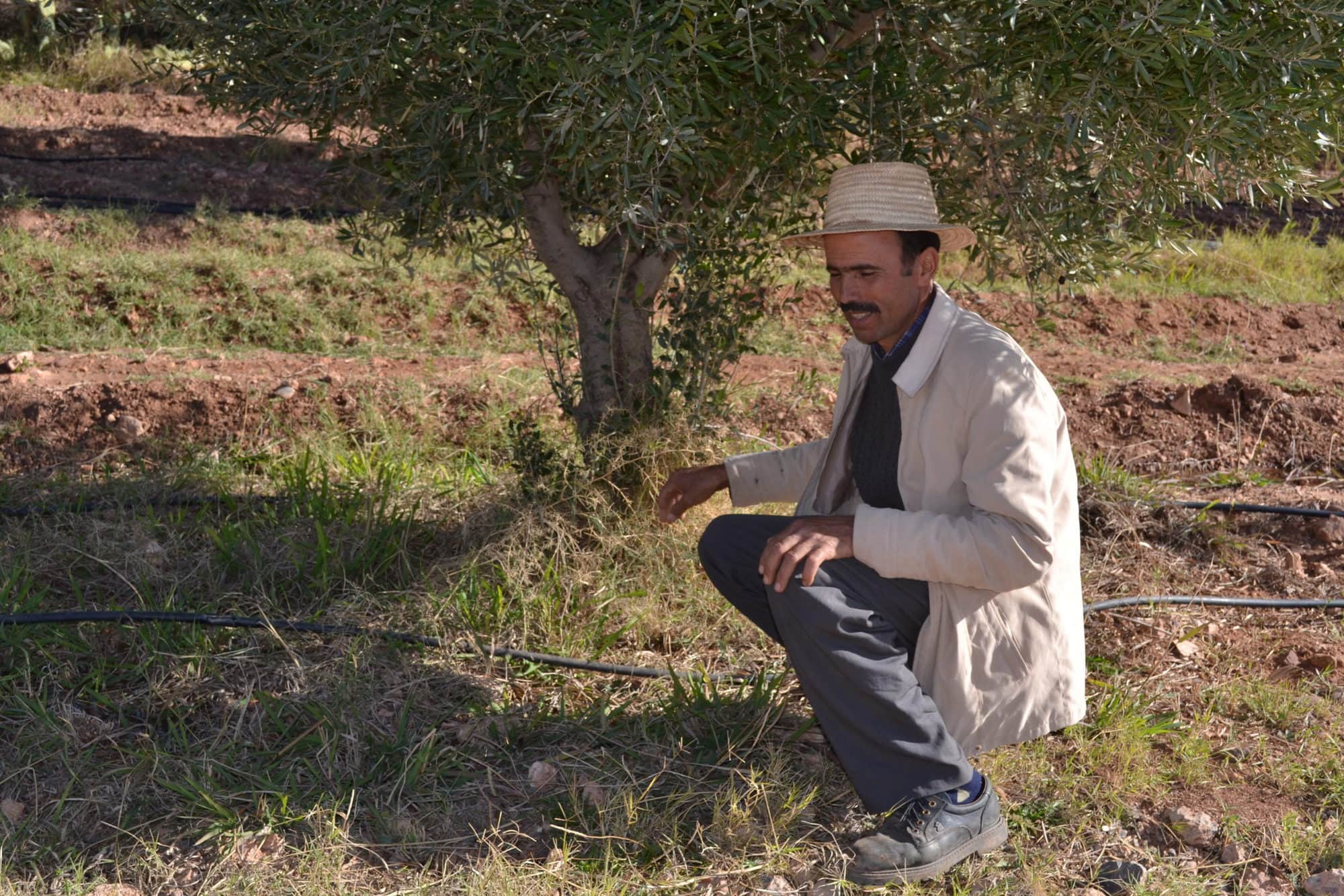


Harnessing the power of data to transform food systems
Harnessing the power of data to transform food systems
CHALLENGE
To make good decisions, you first need the facts. In a climate crisis, access to up-to-date information can make all the difference for farmers, researchers, policymakers and others determining the course of our food systems.
INNOVATION
CGIAR has developed multiple open-access databases over the decades, making crucial data available to everyone. Two standout examples include FishBase, developed by CGIAR researchers at WorldFish, and the CCAFS-Climate data portal, developed by the CGIAR Research Program on Climate Change, Agriculture and Food Security (CCAFS).
IMPACT
FishBase
-
Active since 1988
-
34,000 freshwater and marine species catalogued
-
900,000 visitors each month
-
One of the most cited fish or fisheries resources in the world
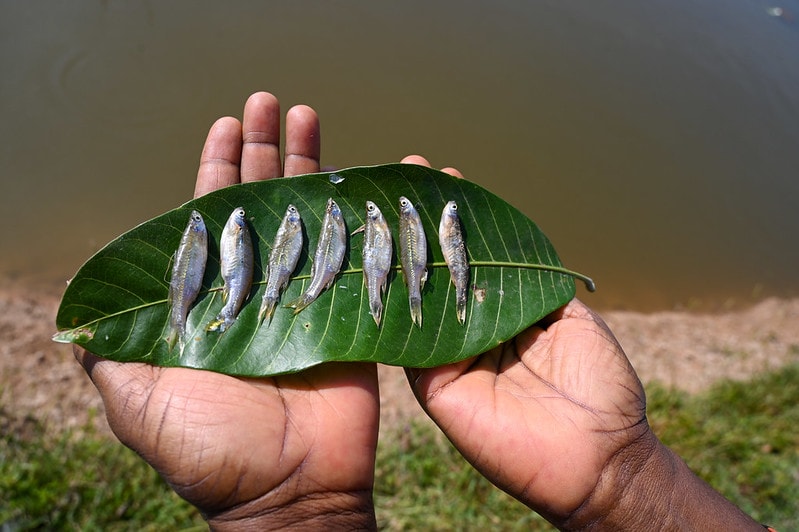
CCAFS-Climate data portal
- 570 peer-reviewed articles produced from the data, plus 40 book chapters and 100 reports
- 1.4 million file downloads
- Used by 4,745 institutions from 180 countries
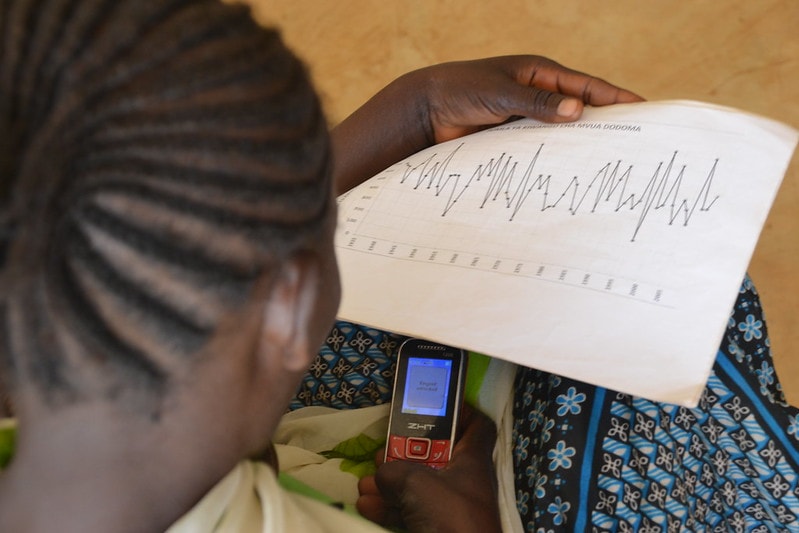
Tumaini: an AI-powered mobile app for pests and diseases
Tumaini: an AI-powered mobile app for pests and diseases
CHALLENGE
Banana crops are prone to damage by several types of pests and diseases – for farmers to take swift action and save their harvest, they first have to know what’s affecting their crop.
INNOVATION
A smartphone application called Tumaini – which means “hope” in Swahili – is already helping banana farmers scan plants for signs of five major diseases and one common pest, providing a diagnosis, and steps for rapid treatment.
Tumaini has demonstrated a 90% success rate in detecting pests and diseases
The app was developed by CGIAR researchers at the Alliance of Bioversity International and CIAT, merging CGIAR expertise on banana genetic resources with new technology in artificial intelligence, geolocation, and image recognition. The researchers see it as a first step toward creating a satellite-powered, globally connected network to control disease and pest outbreaks around the world.
IMPACT
- 90% success rate in detecting pests and diseases
- 3,000 farmers using the app in the field
- 50,000-image dataset
- Tested in Colombia, the Democratic Republic of the Congo, Benin, Uganda, India, and China.
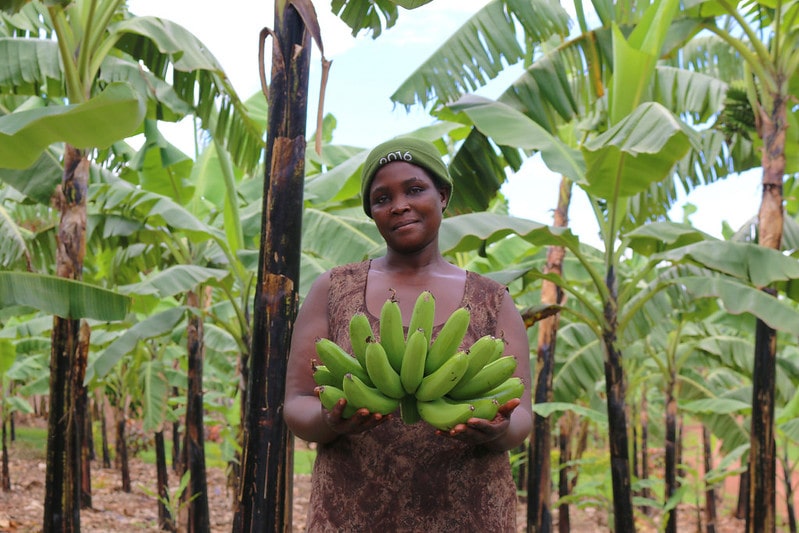
Value Chains for Nutrition framework and project design process
Value Chains for Nutrition framework and project design process
CHALLENGE
There is growing global awareness that ending hunger is about more than ensuring everyone has enough food to eat – it means securing access to diverse and nutritious diets, too. But even with this understanding, many decision-makers in our food systems – including governments, community organizations, project designers, and others – struggle to put it into practice.
INNOVATION
The Value Chains for Nutrition framework, developed in 2013 by CGIAR researchers, provides a much-needed lens on the connection between nutrition and food systems. It equips stakeholders with approaches, methods, tools, and practical guidelines to design and implement successful nutrition-sensitive value chain projects.
IMPACT
- The framework has already been adapted by multiple United Nations and other international agencies
- Projects using the framework have been field tested in Nigeria, Malawi, Indonesia, Bangladesh, and Honduras
- FAO eLearning Academy, with its 600,000 subscribers, and partners have launched a multilingual massive open online course based on the framework and guides, deepening understanding of how nutrition, sustainability, and gender are connected to value chains and food systems
Smart rice irrigation: alternate wetting and drying
Smart rice irrigation: alternate wetting and drying
CHALLENGE
It takes a lot of water to grow rice using traditional methods – in some parts of the world, an estimated 3,000 to 5,000 liters of water is needed to produce a single kilogram of grain. These water-intensive methods also contribute to global climate change, as decomposition in flooded fields releases greenhouse gases like methane into the atmosphere.
INNOVATION
An innovative rice irrigation technology developed by CGIAR scientists has proven to reduce water usage by 30% and methane emissions from rice fields by 48%, without decreasing crop yields. Alternate Wetting and Drying (AWD), developed by CGIAR researchers at the International Rice Research Institute (IRRI) and partners, has transformed the way rice is grown across Asia, and has since been adapted for the African context by AfricaRice.
Alternate Wetting and Drying technology reduces water usage and greenhouse gas emissions from rice farming, without decreasing yields
Through traditional paddy farming, fields are kept continuously flooded. Using AWD, fields are instead subject to intermittent irrigation based on the water level in an installed field tube. When water disappears from the tube, the fields are flooded to a depth of five centimeters. Fields are also kept flooded between 2 to 5 centimeters during the first 10 days after transplanting, to suppress weeds, and during the flowering stage, to avoid water stress at that critical phase for rice plants.
The water saved through the use of AWD and modern rice varieties has enabled farmers to plant a third non-rice crop in between two rice crops, thereby increasing intensification of rice-based systems, as well as farmer income, while reducing greenhouse gas emissions that contribute to global climate change.
IMPACT
- In Southeast Asia, AWD has been widely adopted and promoted by extension agencies, non-governmental organizations, agricultural colleges and universities.
- In Vietnam, AWD has been adopted for use on about 180,000 hectares, and by 2019 had contributed to the reduction of more than 1 million tons of carbon dioxide equivalent.
- In northern Bangladesh, AWD has been adopted as a climate-smart technology by the Northwest Focal Area Network (FAN), a network of stakeholders in rice-based systems reaching 5,000 farmers across 8 districts and 17 locations.
- Across Burkina Faso, Côte d’Ivoire and Senegal, AWD has been found to reduce the amount of water needed for irrigation by 38%, and increase water productivity by 33%. From 2019 to 2020, water availability in Côte d’Ivoire’s dams was found to have increased as a result of farmers using this innovative irrigation technique.
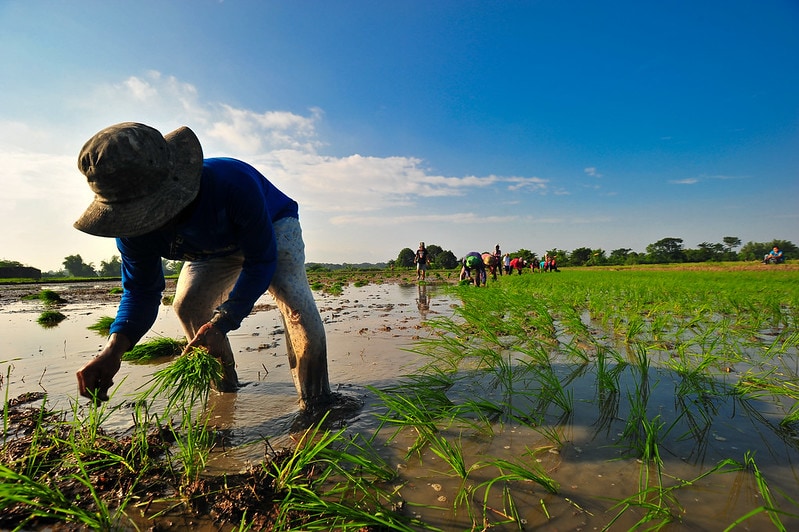
-

Irrigation for smallholder farmers
active: 2000 to present


Irrigation for smallholder farmers
Irrigation for smallholder farmers
CHALLENGE
Smallholder farmers produce 30-40% of our global food supply, mainly depending on rainfall to water their crops. Irrigation is out of reach for many of these farmers, due to cost, limited access to energy, and low scalability of available technologies. This puts smallholders – and their contribution to our food systems – at high risk of water scarcity and other effects of climate change.
INNOVATION
Several smallholder-friendly irrigation technologies have been developed by CGIAR researchers and partners, including at the International Center for Agricultural Research in the Dry Areas (ICARDA), the International Water Management Institute (IWMI), the CGIAR Research Program on Water, Land, and Ecosystem (WLE), and the CGIAR Research Program on Climate Change, Agriculture and Food Security (CCAFS).
Supplemental irrigation, mechanized raised bed machines, farmer-led irrigation, and solar irrigation technologies are just some of the innovations helping farmers overcome barriers to technology adoption, and develop resilience to drought and water scarcity.
IMPACT
Supplemental irrigation
Across dry regions in West Asia and North Africa, ICARDA’s supplemental irrigation method helps farmers use only the minimum amount of water required to stabilize rainfed crops and increase yields when there is not enough rain to promote healthy plant growth.
- In Syria, the method has helped increase wheat production by more than 30%
- In Morocco and Turkey, farmers using the method are now planting crops earlier, doubling water productivity and yields
- In Yemen, it has helped increase sesame productivity by up to 120%
Mechanized raised bed machines
In Egypt, ICARDA’s mechanized raised bed (MRB) machines attach to standard farm tractors and quickly and easily create raised soil beds on which crops are grown, while water travels easily along resulting furrows, vastly increasing water efficiency.
- Crop yields have increased by 20-30%, using 25% less water, and reducing farming costs by 20%.
- Production is expected to increase from 8 million tons in 2017 to more than 14 million tons annually by 2025
- Efforts are now underway with partners and donors to scale the technology to other countries around the world
Farmer-led irrigation
Through IWMI’s farmer-led irrigation model, farmers drive the establishment, improvement, and/or expansion of irrigated agriculture. IWMI’s work in this area focuses on influencing policy and reducing barriers to adoption, for example, access to finance or energy, and effective supply chains for irrigation technology.
The research has identified that investments in motorized irrigation pumps could benefit 185 million people and generate net revenues up to $22 billion per year. Increasing the number of small reservoirs in sub-Saharan Africa could help meet the irrigation and other water needs of nearly 400 million rural people, generating net revenues of $20 billion annually.
These findings have already led to policy changes:
- In Tanzania, increasing national operation and maintenance budgets for communal irrigation schemes
- In India, relaxing electric pump licensing
- In Ethiopia, removing import taxes on irrigation technologies
Solar irrigation
IWMI also aims to increase the use of solar-powered irrigation. This can support governments in lowering their agricultural carbon footprint while building resilience in areas with unreliable power, or no energy access.
In Gujarat, India, a pilot project run in partnership by IWMI, WLE, and CCAFS has inspired new policy, resulting in more than 3,500 farmers gaining access to solar irrigation.
The pilot connected farmers’ solar pumps to the grid – with a 25-year agreement with the local power utility to buy-back surplus power, thereby increasing energy access and alternative income for smallholders while incentivizing smart groundwater use and reducing carbon footprints. The success of the pilot inspired a multi-billion-dollar Government of India initiative to promote solar irrigation.
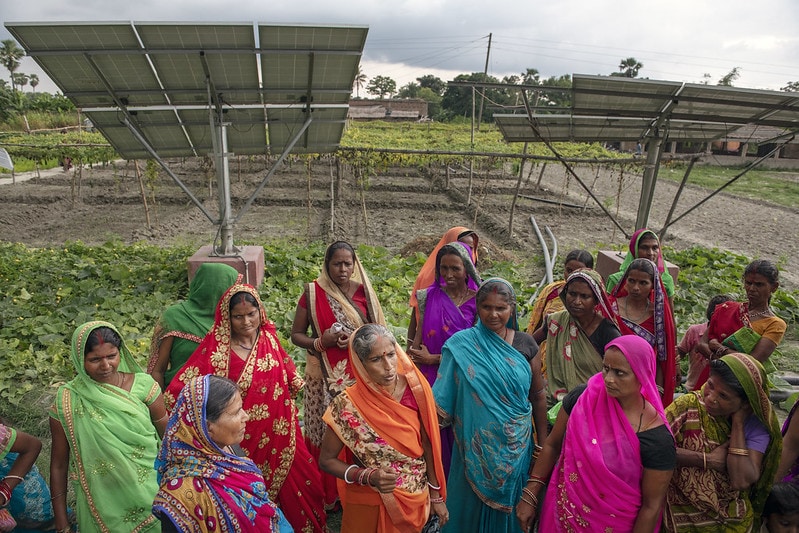
-

Holistic watershed development
active: 1983 to present




Holistic watershed development
Holistic watershed development
CHALLENGE
In dryland areas, water availability can have a cascading impact – on land degradation, crop productivity and the well-being of rural communities.
INNOVATION
Watershed development – which takes into account conservation, restoration and sustainable use of resources within a watershed – is a time-tested approach in natural resource management. CGIAR researchers at the International Crops Research Institute for the Semi-Arid Tropics (ICRISAT) have taken this approach a step further, by introducing a more holistic approach that is inclusive of both farm and non-farm activities in food production zones.
The approach introduced by ICRISAT promotes more efficient use of resources through the integration of soil and water conservation initiatives, diversification and identification of high-yielding crop varieties, and best management practices through capacity building and on-farm training.
IMPACT
The interventions have been shown to increase productivity of fodder and livestock, improve efficiency of crop processing, and boost market linkages, raising farmer incomes. Since efforts began in 1983, benefits have been demonstrated in nearly 50 sites across Asia and Africa, in areas ranging from 500 to 5,000 hectares.
In India, CGIAR research has supported holistic management of a watershed in Kothapally village, resulting in water being available all year round, due to a 5 to 8 times increased storage capacity. This has also allowed for better quality feed and water to become available to livestock, leading to increased milk outputs, and dairy product sales. Pigeonpea and maize production have both improved, and farmer incomes have increased from $940 to $2,708 per hectare.
In Ethiopia, the Yewol watershed has helped halt soil erosion and increase irrigated land downstream. The additional water availability has also led to an increase in crop diversity, as well as farmers beginning to produce fruit, chickpeas and other crops for the first time.
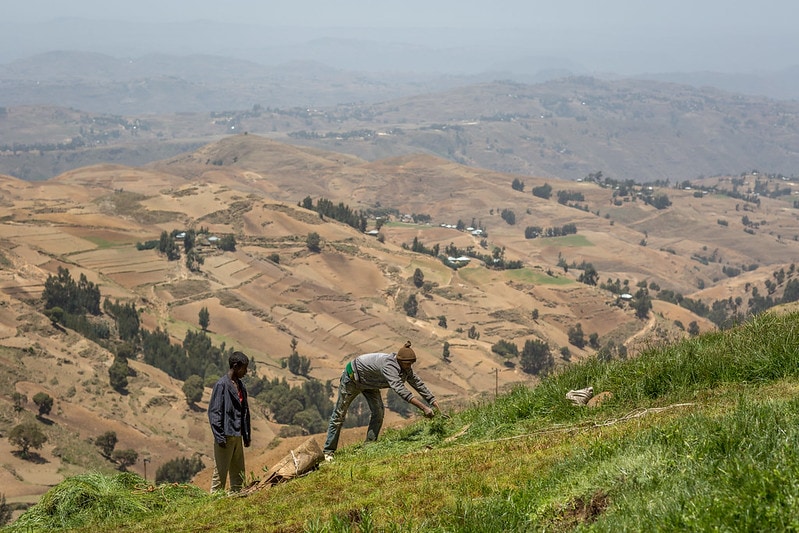
-

Irrigation for smallholder farmers
active: 2000 to present


Models to safely reuse wastewater and nutrients
Models to safely reuse wastewater and nutrients
CHALLENGE
Water and nutrients are precious resources in agriculture, yet through conventional linear models they are often used once and discarded. To transform food, land, and water systems in a climate crisis, we need to close the loop – creating sustainable, circular economies.
INNOVATION
CGIAR researchers at the International Water Management Institute (IWMI) have developed several innovative circular economy models for the safe reuse of wastewater and nutrients, supporting waste reduction, improved human and environmental health, and better livelihoods.
IMPACT
More than 20 innovative business models for domestic waste and wastewater management have been developed and promoted by CGIAR researchers at IWMI, including models to reduce waste volumes and burdens, and increase resource recovery. Many of these low-cost approaches have already been taken up by public-private partnerships.
- In Sri Lanka, a new sanitation policy informed by CGIAR research at IWMI in partnership with government opened the door for business opportunities in treating and reusing septic waste.
- In Ghana, research has contributed to a national irrigation policy in support of wastewater reuse, and to national guidelines on fertilizer subsidies, with the inclusion of waste-based composts, creating opportunities for business.
- IWMI’s models for resource recovery and reuse (RRR) have been translated into tertiary curricula adopted by seven leading universities across Asia, Africa, and Europe.
- The research has informed global food safety guidelines, benefiting the 885 million urban residents exposed to food produced with unsafe irrigation water.
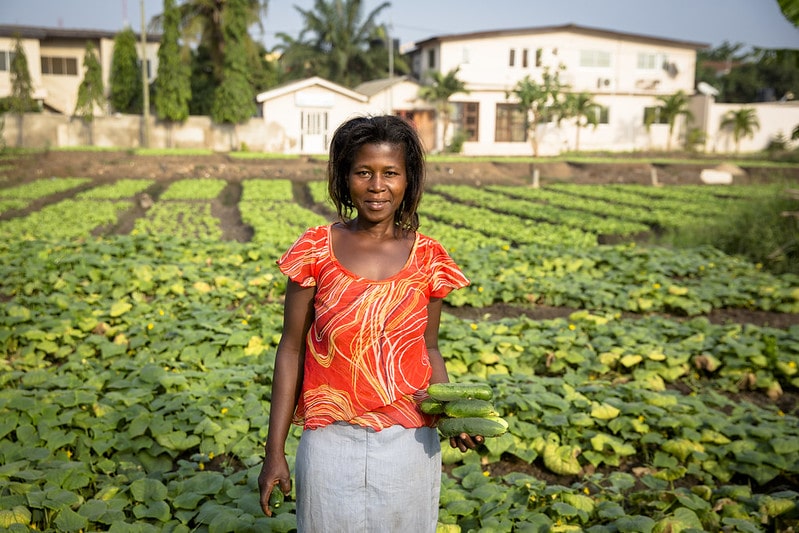
-

Holistic watershed development
active: 1983 to present









